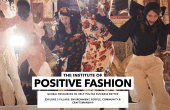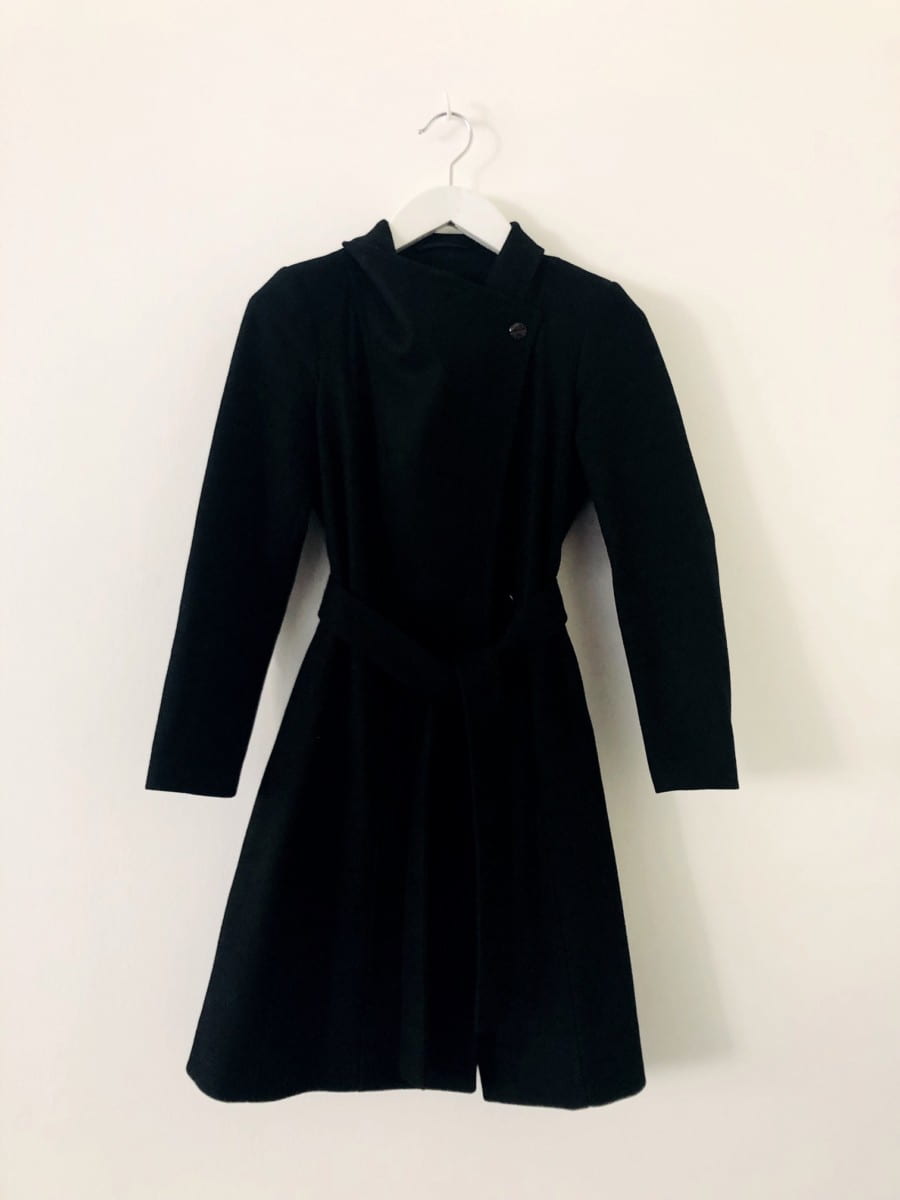Designers are working with animal pelts again, both real and faux. With demand high, now that farming conditions are better than they ever were and the manmade version is so good – what’s the problem?
Why are fur sales rising? The case against fur was made so strongly in the 1980s that many people in the fashion industry wondered if it could ever make a comeback, particularly as technology was producing faux fur that no longer looked cheap and nasty but could easily be mistaken for the ‘real thing’. Yet this realism itself could be part of the reason for fur’s quiet re-acceptance.
That, combined with the effect of the vintage revival, and the campaign by fur producers to make the environmental case for their industry, has succeeded in undermining the case against fur. Of course, Vogue editor Anna Wintour’s declaration that fur was back, and Naomi Campbell – an icon of the anti-fur campaign – deciding to model fur again, demonstrated that fashion is fickle and that the campaign was just another trend.
For me, fur goes to the heart of any personal and ethical thoughts we might have about our clothes, but it is not a black and white issue, and certainly provokes raw emotions.
Stroking a pet rabbit or cat reveals that fur has wonderful qualities. It is soft and luxurious, with the ability to keep us warm in ways that synthetic fabrics cannot. At the moment, many designers are enjoying playing with fur, and faux fur, on the catwalk. Add the growing fashion and designer markets in China and Russia, where wearing fur is culturally and practically acceptable, and it is little wonder that demand for fur is on the increase.
Vintage fur and faux fur have certainly confused the debate. Vintage fur is deemed acceptable, as the animal was culled in the past. The garment can be reworked and restyled, so it seems more ethical and is equated with recycling. Ultimately fur is biodegradable in ways that fabric manufactured using fossil fuels is not.
Nevertheless, the quality of faux fur has improved significantly. As Karl Lagerfeld said in an interview with Harper’s Bazaar: ‘The material is beautiful, and new in a way, because it was not that perfect before … now the technology has advanced so much that you can hardly tell fake fur from the real thing.’ Many designers have used faux fur, which has made fur as a whole more acceptable. The blurring of the boundaries with fur are made more complex when designers dye the real material, or style it in such a way that it in turn appears faux. Little wonder that the consumer can’t think straight.
With worldwide sales of fur totalling $13bn in 2008, the industry has undertaken a concerted campaign to show how production methods have improved. A number of furriers, notably in Scandinavia, Greenland, Russia and Iceland, where fur has always been a practical and necessary item of clothing, have worked to improve the living conditions of the animals and their means of death. They assure consumers that of all the animals we kill for our personal use, these have the best conditions. The animals used in the production of leather bags or shoes, or even some meat cuts, will have had far worse living and end-of-life conditions than those reared for their pelts. Additionally, the farmers and workers involved with the skinning and treating of the pelts will have better wages and living conditions.
If we are to question seriously the morals of skin production, we need to be honest and question the means of production behind whatever goods we buy.
The issue of animal husbandry is not the only factor in the fur debate. Apart from the water and chemicals used in the treatment of the pelts, there are questions of energy use, and much is made of this on both sides of the debate. The American Fur Commission says it takes one gallon of oil to make just three fake-fur jackets, while a study by the University of Michigan concluded that the energy needed to produce a real fur coat from ranch-raised animal skins is 20 times that required for a fake product. Some anti-fur campaigners also make the case that the products applied to pelts to stop them rotting renders them no longer biodegradable.
It appears that it is impossible to look at all the facts and come to a rational decision, as they are so contradictory.
Focusing on fur in isolation neglects the bigger picture surrounding the fashion industry. Whether it is water consumption in cotton production, labour conditions, pollutants or the treatment of animals, we must put pressure on the industry to take responsibility for how products are sourced and manufactured.
Fashion should not come at any cost. When you consider the efforts many of us make to look after own skin, we should be sure that we are happy with what we place to next to it.
For Sublime Magazine. Issue 28 Raw




